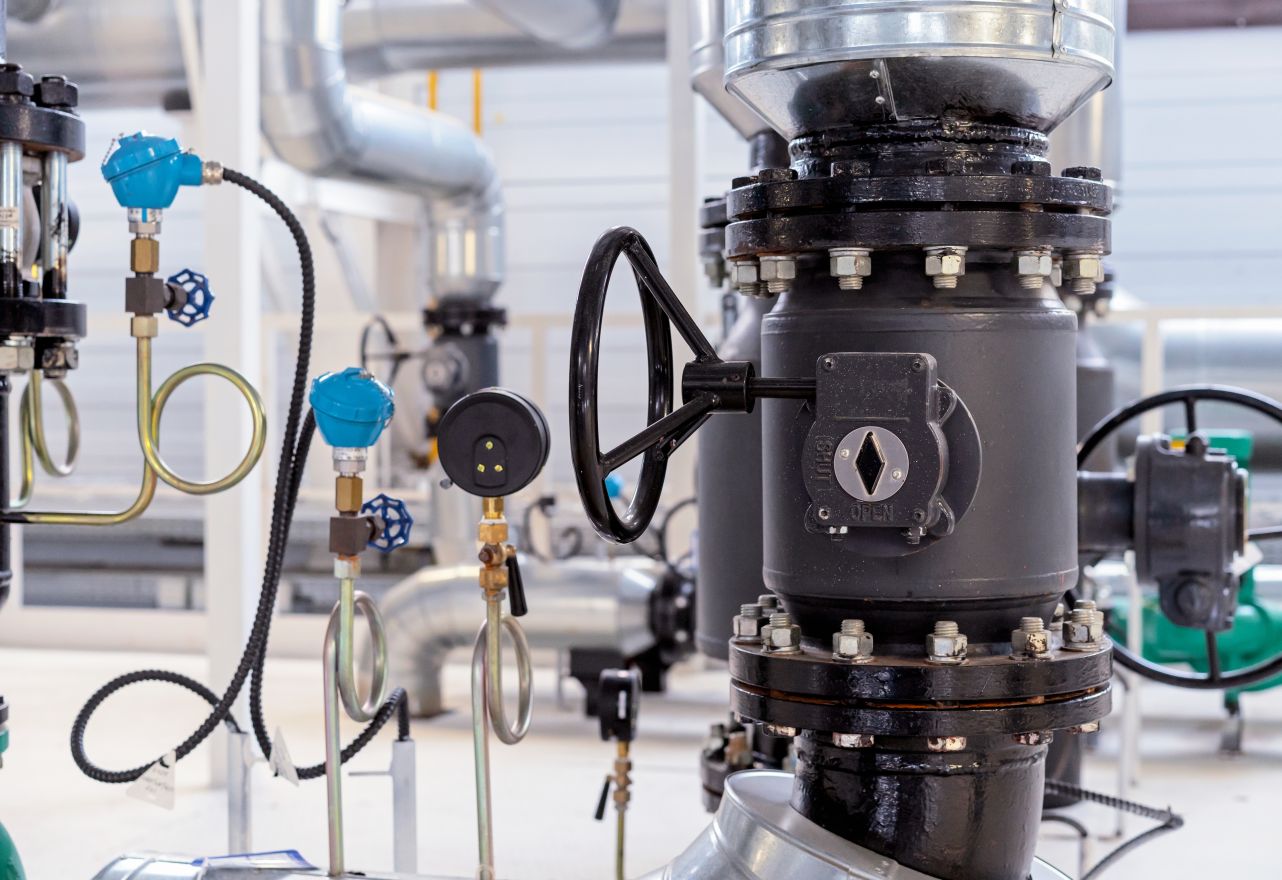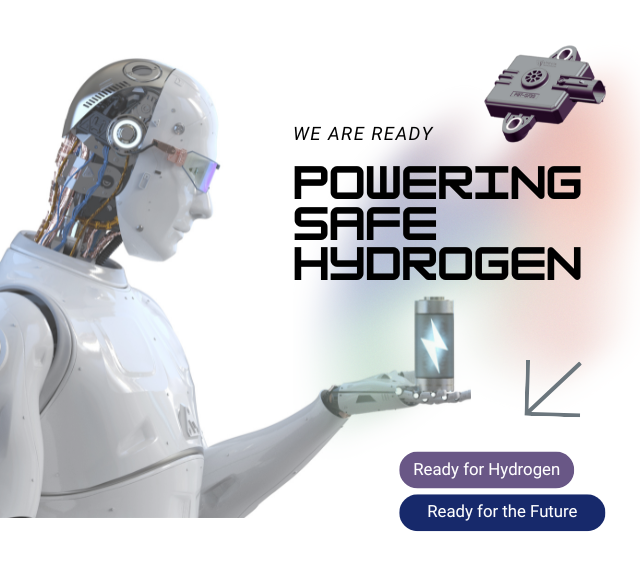Featured Articles
2024-10-04
[2024-10-04 ~
]
The Hydrogen Leak Alarm System Needs to be Improved

In October 2023, South Korean lawmakers released data from the Gas Safety Corporation showing that during weekly permanent inspections of 165 hydrogen refueling stations from 2021 to August 2023, 1,676 gas leaks at 146 hydrogen refueling stations were discovered. Hence, a safety mechanism for hydrogen refueling stations to be implemented is emphasized. The Natural Gas Safety Company invested approximately 1.7 billion Won to establish a hydrogen refueling station monitoring system to ensure their safety.
However, at the time of the leak, the alarm system was not triggered. Gas Safety believes that due to the high accident rate, proactive measures are needed to improve. According to the results of the research and analysis, the construction company lacked experience in the construction of hydrogen refueling stations, resulting in imperfections in hydrogen refueling stations. In addition, there are deficiencies in self-management security.
Furthermore, autonomous safety management also has shortcomings. According to statistics, about 47% of hydrogen leaks are caused by severe vibrations caused by the operation of ultra-high-pressure compressors, among which the most significant number of leaks is the joints of pipe joints.
A hydrogen refueling station that had just been operating in a small town near Augsburg, Bavaria, Germany, exploded due to fire in June 2024. Tyczka Hydrogen owns the hydrogen refueling station. The hydrogen pump can operate at 350 and 700 bar and can refuel various types of vehicles. The cause of the fire is still under investigation. There was also a hydrogen refueling station fire in Norway in 2019. The reason was an assembly error of a specific plug in the hydrogen storage tank in the high-pressure storage device, which caused hydrogen leakage and produced a mixture of hydrogen and air, which was then ignited.
Although there have been accidents at hydrogen refueling stations in the past, the safety standards of hydrogen refueling stations are better than those of gas stations. One of the most significant differences with petrol stations is that there is a clear safety distance in the regulations to reduce the impact of hydrogen leakage. For example, the boundary distance between the main equipment of the hydrogenation station, the hydrogenation machine, and the road is well-regulated.
The hydrogen storage tank needs to be separated from the first type of protection places, such as schools, clinics, hotels, large stations, and private houses. There are precise specifications for the distance between the hydrogen storage tank and the hydrogen refueling place of the hydrogen vehicle. As for the construction of protective walls around hydrogen refueling stations, the corners should be connected by reinforcing columns, etc., and there are strict regulations on structure, material, and size. The roofing material above the hydrogen refueling machine also needs to be made of non-combustible materials with a structure to prevent hydrogen retention.
Hydrogen refueling stations are safe under strict industry regulations, but the above incidents show that the civil parts of hydrogen energy infrastructure are easy to comply with relevant laws. However, improving hydrogen sensor performance, early warning system integration, and the actual layout and accumulating operational experience require more significant efforts.
Reference:
- Energy Platform News, 2023-10-25, Jeong Sang-Pil, Hydrogen Leaks at 88% of Hydrogen Charging Stations, Alarms Not Working in Time
- Hydrogne Energy Navi, 水素ステーションの仕組み
- Charming Scitech, 2024-03-09, Yuman Kuo, Is it safe to transport and store hydrogen? Please take a look at hydrogen and its transportation and receiving facilities to dispel dangerous myths




